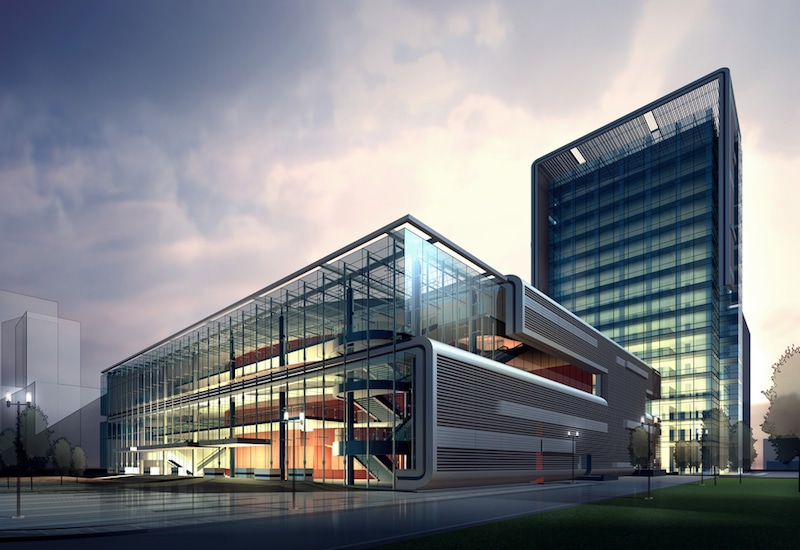Control solutions are one of the most cost effective ways to substantially reduce operational, maintenance and energy bills in commercial buildings. However, most corporate real estate (CRE) managers still think of controls as expensive.
This view is often due to a lack of awareness of today’s market disruptive innovators and new delivery channels, according to Mike Welch, Managing Director of Control Network Solutions (CNS).

“As the cost of energy has recently fallen, the energy saving capabilities of building controls are no longer its only key feature – flexibility and whether the system is ‘future-proof’ are now of significant importance”, explained Welch in his recent white paper. In the paper Welch suggests that recent developments in lighting and the Internet of Things (IoT) has fundamentally changed the way we view and implement control solutions in a building – and he’s not alone in his opinion.
The transition to LEDs for lighting has come at the same time as the development of the Internet of Things, which is about to disrupt the building automation systems (BAS) industry and opens up the possibility for lighting control to play a much more important role, states our recent report The Lighting Controls Business 2015 to 2020.
“This is due to vendor independent solutions also providing end clients more choice in terms of who delivers and maintains the system and, in addition, providing these suppliers with the widest choice of hardware manufacturers and software application suppliers – removing the need to be locked into an expensive system provider package”, said Welch.
The development of the lighting controls sector has seen it go much further than simple illumination to become a key element of the modern smart building. Through embedded sensors and within the context of the ‘The Transformation of BAS into the Building Internet of Things’ (BIoT), lighting is being revolutionised.
“Although once slow in its evolution, the building and lighting controls sector is now rapidly advancing, leveraging the IoT and integration with the building’s existing Building Management System (BMS)”, said Welch.
While we have already seen significant change in recent years, we should still consider ourselves at the beginning of this evolution. This is the most exciting time for the lighting industry since the early twentieth century, “Lighting is truly at an inflection point and the forthcoming shakeout over the next 5 years will determine the winners and losers in the game; as well as those who will be the lighting giants of the future” – http://memoori.com/portfolio/smart-buildings-the-lighting-controls-business-2015-to-2020/

The key to this evolution, as Welch highlights, is standards. CRE managers need a better understanding of the open interoperable standards that are used in smart building and lighting controls. This means they cannot assume that because an element of a product is based upon interoperable standards that the whole solution is vendor independent.,
In his paper Welch uses the EnOcean standard as an example, “in order for this level of interoperability to be guaranteed, it requires further additional standards to be added to EnOcean”. These are known as EEP (EnOcean Equipment Profiles) and they describe exactly how an EnOcean switch or sensor should function, irrespective of who manufactures that switch or sensor.
The EnOcean Alliance plays a pivotal role in creating these EEP’s and ensuring that manufacturers correctly and accurately implement them. Other “open, published, international standards” such as Zigbee, for example, do not guarantee interoperability between different branded products and solutions based upon them. This is a similar issue to that seen with the DALI standard in the smart lighting control sector.
However, the DALI standard IEC 62386 is the only global standard for lighting control at present, which guarantees 100% interoperability between all manufacturers of products that are designed to the standard, according to Welch. The issue is that this standard, to date, has only applied to the light fixtures whether they are LED, incandescent or fluorescent and not any other components such as sensors, switches or scene controllers. We expect this situation to be addressed when the new DALI2 standard is fully introduced.
The key fact is that a solution chosen based on open, interoperable standards will require a reduced initial investment when compared to traditional offerings. That solution will likely also result in reduced operations and maintenance costs over the system’s lifetime.



